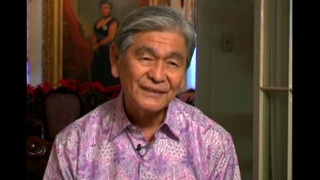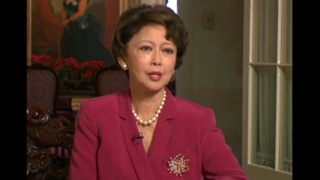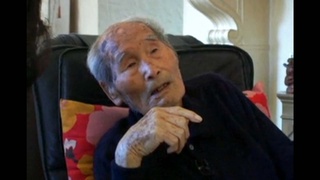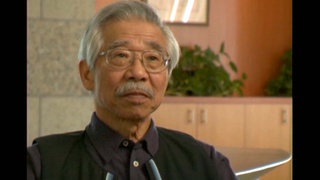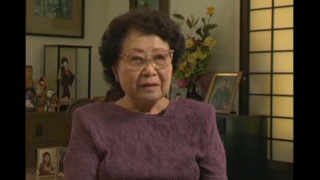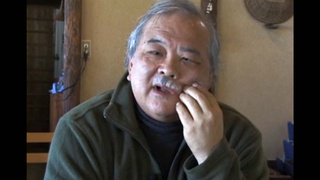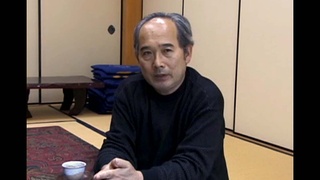Interviews
Early Childhood
I had a hard harsh childhood, losing my father when I was quite young, and mother left with six kids – and then later four of us finally survived. But we stayed together from...father died in 1922, and we survived on the farm for about six, seven years. But mother, without a man, it’s very difficult to farm and it was hard enough with a man. So we couldn’t even pay the taxes, and so we lost our farm, our 40 acres of apricots, and vineyards. We even tried to grow carrots, strawberries, and things like that for ready cash.
Again, Mr. Abiko and Mrs. Abiko came to the rescue and found a place for us in San Francisco in 1929, after seven years of struggling on this farm. So, the Hoshiyama’s left Yamato colony in December of 1929, and started a brand new life in San Francisco as city dwellers. It was from dire poverty, dirt farming, to almost heaven like paved streets, electricity, indoor plumbing, you put a nickel in the street car and it took us anywhere you wanted to go in San Francisco. For me, that was like heaven, at that time.
Date: March 4, 2005
Location: California, US
Interviewer: Florence Ochi, Art Hansen, Yoko Nishimura
Contributed by: Watase Media Arts Center, Japanese American National Museum

